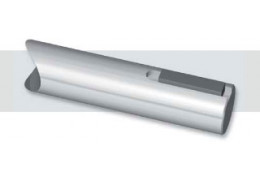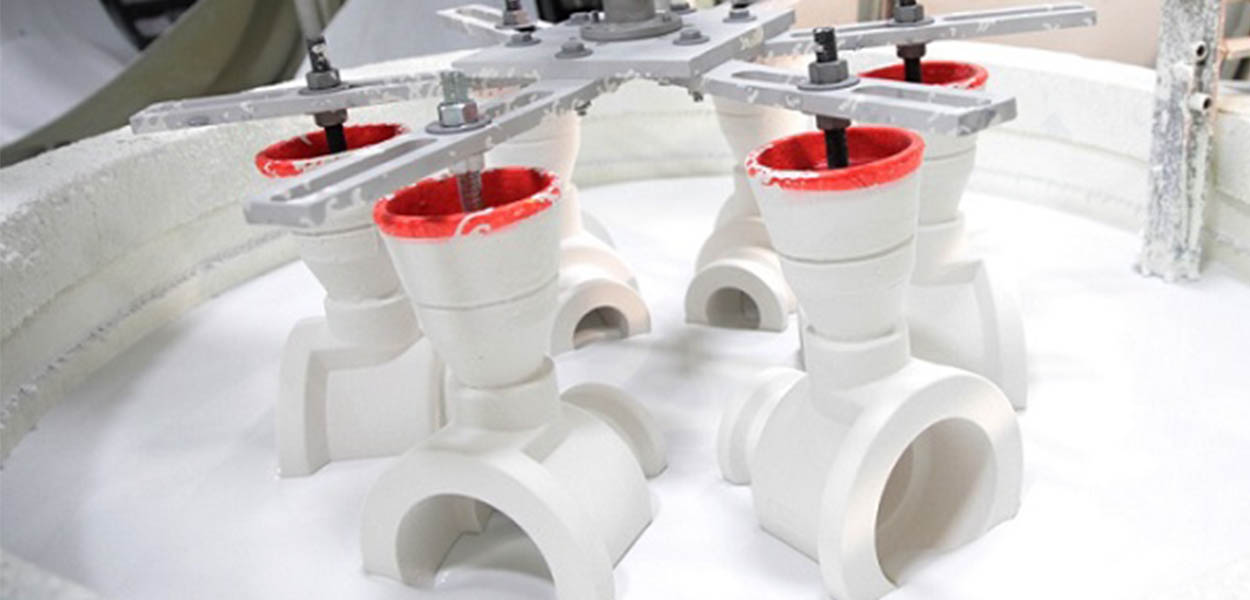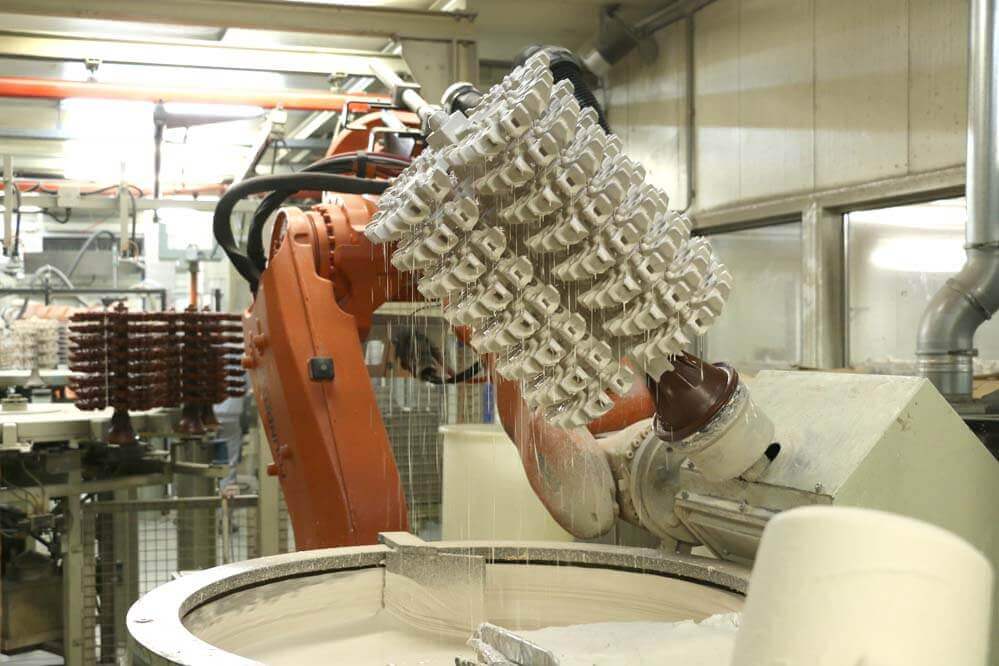The following tables show standard dimensions for keys and their grooves.
Search in blog
Blog categories
Latest posts

Motor Direction

Clearance hole chart for inch bolts and screws according to ASME B18.2.8

One of the earliest forms of comparison. The pigment/binder ratio is the weight ratio of the sum of the pigments...
Popular posts





Featured posts





Blog tags
Photo gallery
No featured images
Archived posts
Top authors
Investment Casting High Shear dispersers

Process
Investment casting is one of the oldest metal forming techniques. In investment casting, molds are formed around wax patterns. Once wax is removed the part is cast. Parts are removed from the sacrificial mold. Investment casting is valued for its ability to produce components with accuracy, repeatability in a variety of metals and alloys.

The ceramic mold used in investment casting is produced by repeating a series of steps;
- coating - dipping the wax patter in ceramic slurry
- stuccoing - applying ceramic particles to the freshly dipped pattern
- hardening - allow the slurry to cure
These steps are repeated until a desired thickness is achieved.
Coating involves dipping the wax pattern cluster or tree into a slurry of refractory material and then draining to create a uniform surface coating. The slurry forms the interior surface of the mold. Therefore, the quality of this slurry has a major impact on the quality of the resulting cast part.
Role of High-Speed Dispersion
High speed dispersers have long been the equipment of choice for producing slurries. While prop mixers can function as investment casting mixers, dispersers have many advantages. In order to quickly make a slurry on a less intense mixer, it is advisable to meter material to the batch to prevent agglomerates from forming. While this will aid in the production of the dispersion, it adds time to the process. In addition, mix times with will be extended. Dispersers are capable of wetting and dispersing dry the ceramic powders without special handling requirements. Typical mix time on a high shear disperser is 15 to 20 minutes, and bags of solids can be dumped into the batch quickly.
A properly design investment casting disperser follows much the same rules of thumb as other dispersion processes. The blade diameter should be matched to batch size and tank diameter. Ratio of Blade diameter to tank diameter is typically 1:3. The disperser horsepower requirements can be easily calculated using the well documented disperser horsepower formula. A disperser power calculator can be found elsewhere on this site.
Disperser Blade
So what makes an investment casting disperser different from other high speed dispersers? It all comes down to blade selections. To produce the best quality dispersion in the least amount of time, an investment casting dispersion blade must be a high shear blade. The blade must also be able to stand up to the abrasive nature of the slurry. All disperser blades wear. When subject to the abrasivity of the ceramic slurry, standard blades may require replacement as frequently as weekly. In order to extend the life of these blades DisperseTech offers several options;
- Heavier Blades - Instead of a standard blade thickness, we offer blades as heavy as 7 gage. These blades are between 50% to 100% thicker than standard dispersion blades. As thick as 3/16" thick.
- Heat Treating - By nitriding the stainless, we can increase the hardness to a range of 91-94 HR15n and improve its initial wear resistance.
It is important to insure you replace the dispersion blade as wear becomes excessive. Replacement can be determined by visually inspecting the blade, monitoring dispersion times and quality changes, or monitoring disperser loads (which is much simpler with the advent of inverter driven mixers).
Latest posts

The following tables show standard dimensions for keys and their grooves.

Motor Direction

Clearance hole chart for inch bolts and screws according to ASME B18.2.8

One of the earliest forms of comparison. The pigment/binder ratio is the weight ratio of the sum of the pigments...
Popular posts




Leave a comment
Related posts
 What to consider when moving to an Inverter
What to consider when moving to an Inverter
 Dual-Axis Centrifugal Mixer - A Better Mix
Dual-Axis Centrifugal Mixer - A Better Mix
 JACKETED TANKS AND THERMAL SHOCK
JACKETED TANKS AND THERMAL SHOCK
 Disperser Blade Mounting
Disperser Blade Mounting
 DISPERSER CONFIGURATION
DISPERSER CONFIGURATION


Latest comments